Top 10 Air-Purifying Indoor Plants: Pet-Friendly and Non-Pet-Friendly Options
In our quest for a healthier living environment, incorporating indoor plants can be a game-changer. Not only do they bring a touch of nature indoors, but many also have air-purifying qualities. However, if you have pets, it’s crucial to choose plants that are safe for them. Here’s a guide to the top 10 air-purifying indoor plants, categorized for pet-friendly and non-pet-friendly households.
Pet-Friendly Air-Purifying Plants:
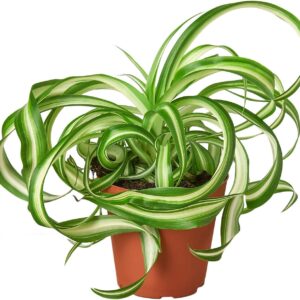
- Purifying Qualities: Excellent at removing pollutants like formaldehyde and xylene.
- Care/Maintenance: Thrives in indirect sunlight and requires moderate watering.
- Other Facts: Non-toxic to pets and easy to propagate.
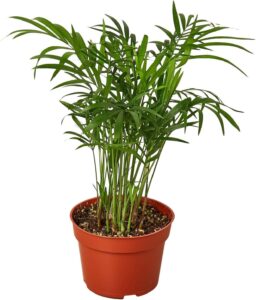
2. Bamboo Palm (Chamaedorea seifrizii)
- Purifying Qualities: Filters out benzene and trichloroethylene.
- Care/Maintenance: Prefers bright, indirect light and regular watering.
- Other Facts: Adds a tropical feel and acts as a natural humidifier.
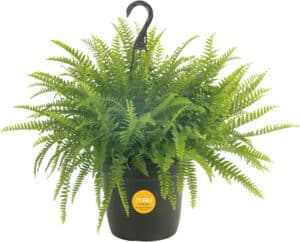
3. Boston Fern (Nephrolepis exaltata)
- Purifying Qualities: Great at removing formaldehyde and xylene.
- Care/Maintenance: Loves high humidity and indirect light.
- Other Facts: Perfect for bathrooms or kitchens where humidity is higher.

4. Gerbera Daisy (Gerbera jamesonii)
- Purifying Qualities: Effective against trichloroethylene and benzene.
- Care/Maintenance: Needs well-drained soil and plenty of light.
- Other Facts: Blooms beautifully, adding color to your indoor space.
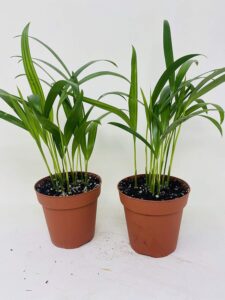
5. Areca Palm (Dypsis lutescens)
- Purifying Qualities: Good at filtering formaldehyde and benzene.
- Care/Maintenance: Prefers bright, indirect light and regular watering.
- Other Facts: Known as the “Butterfly Palm” for its feathery fronds.
Non-Pet-Friendly Air-Purifying Plants:
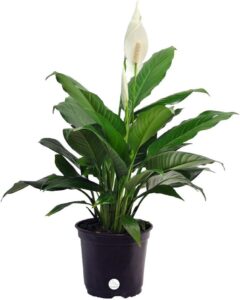
6. Peace Lily (Spathiphyllum)
- Purifying Qualities: Removes ammonia, benzene, formaldehyde, and trichloroethylene.
- Care/Maintenance: Thrives in shady areas; keep soil moist.
- Other Facts: Toxic to pets if ingested, so keep out of their reach.
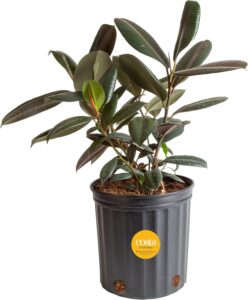
7. Rubber Plant (Ficus elastica)
- Purifying Qualities: Effective at removing formaldehyde.
- Care/Maintenance: Prefers cooler temperatures and low light.
- Other Facts: Can grow quite large, making a bold statement.
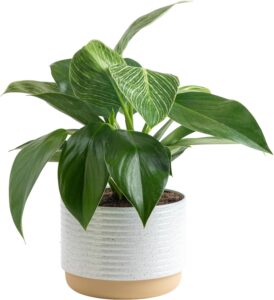
8. Philodendron
- Purifying Qualities: Targets formaldehyde.
- Care/Maintenance: Thrives in low-light conditions; water moderately.
- Other Facts: Toxic to pets, so place it in an inaccessible spot.
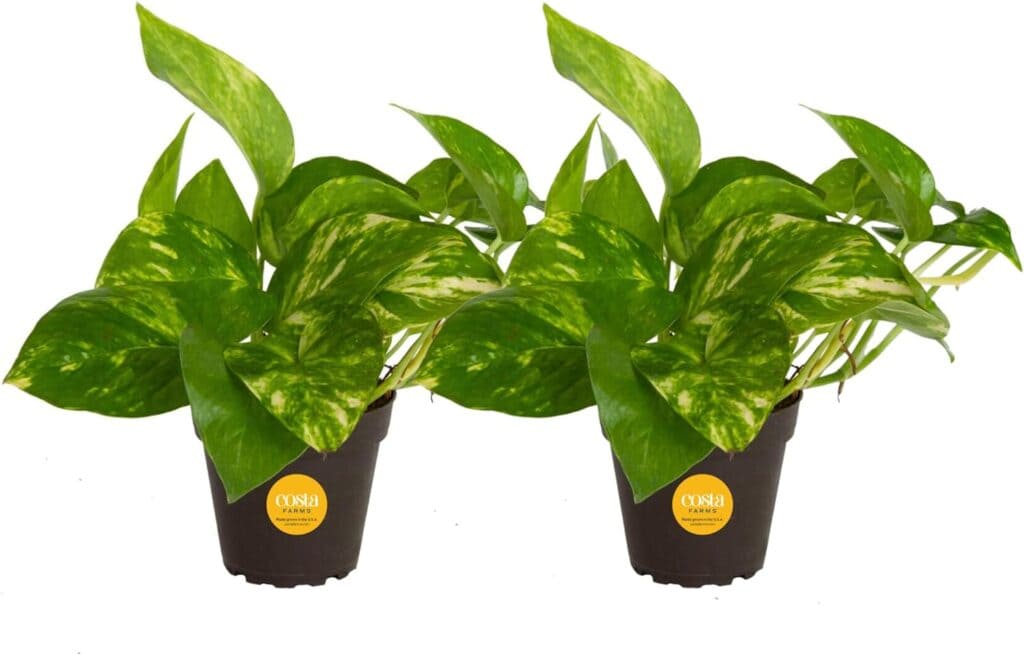
9. Pothos (Epipremnum aureum)
- Purifying Qualities: Filters benzene, formaldehyde, xylene, and toluene.
- Care/Maintenance: Grows in a variety of light conditions and is drought-tolerant.
- Other Facts: Keep out of reach of pets due to its toxic nature.
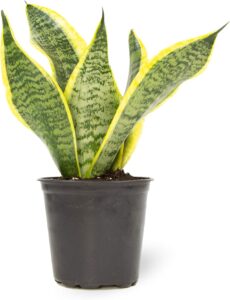
10. Snake Plant (Sansevieria trifasciata)
- Purifying Qualities: Absorbs formaldehyde, nitrogen oxide, and other toxins.
- Care/Maintenance: Requires minimal water; thrives in low light.
- Other Facts: Toxic to pets, so it’s best placed in an area they can’t access.
Choosing the right air-purifying plants for your home can significantly improve your indoor air quality. Whether you have pets or not, there’s a variety of plants that can suit your needs. Remember, while plants can help purify the air, they should be complemented with other air quality improvement measures for the best results. Happy greening!
 Click here to learn more about our Testimonials and Results Disclaimer
Click here to learn more about our Testimonials and Results Disclaimer
Disclaimer: Information on this web site is provided for informational purposes only. The information is a result of years of practice experience by the authors. This information is not intended as a substitute for the advice provided by your physician or other healthcare professional or any information contained on or in any product label or packaging. Do not use the information on this web site for diagnosing or treating a health problem or disease, or prescribing medication or other treatment. Always speak with your physician or other healthcare professional before taking any medication or nutritional, herbal or homeopathic supplement, or using any treatment for a health problem. If you have or suspect that you have a medical problem, contact your health care provider promptly. Do not disregard professional medical advice or delay in seeking professional advice because of something you have read on this web site. Information provided on this web site and the use of any products or services purchased from our web site by you DOES NOT create a doctor-patient relationship between you and any of the physicians affiliated with our web site. Information and statements regarding dietary supplements have not been evaluated by the Food and Drug Administration and are not intended to diagnose, treat, cure, or prevent any disease.



You must be logged in to post a comment.